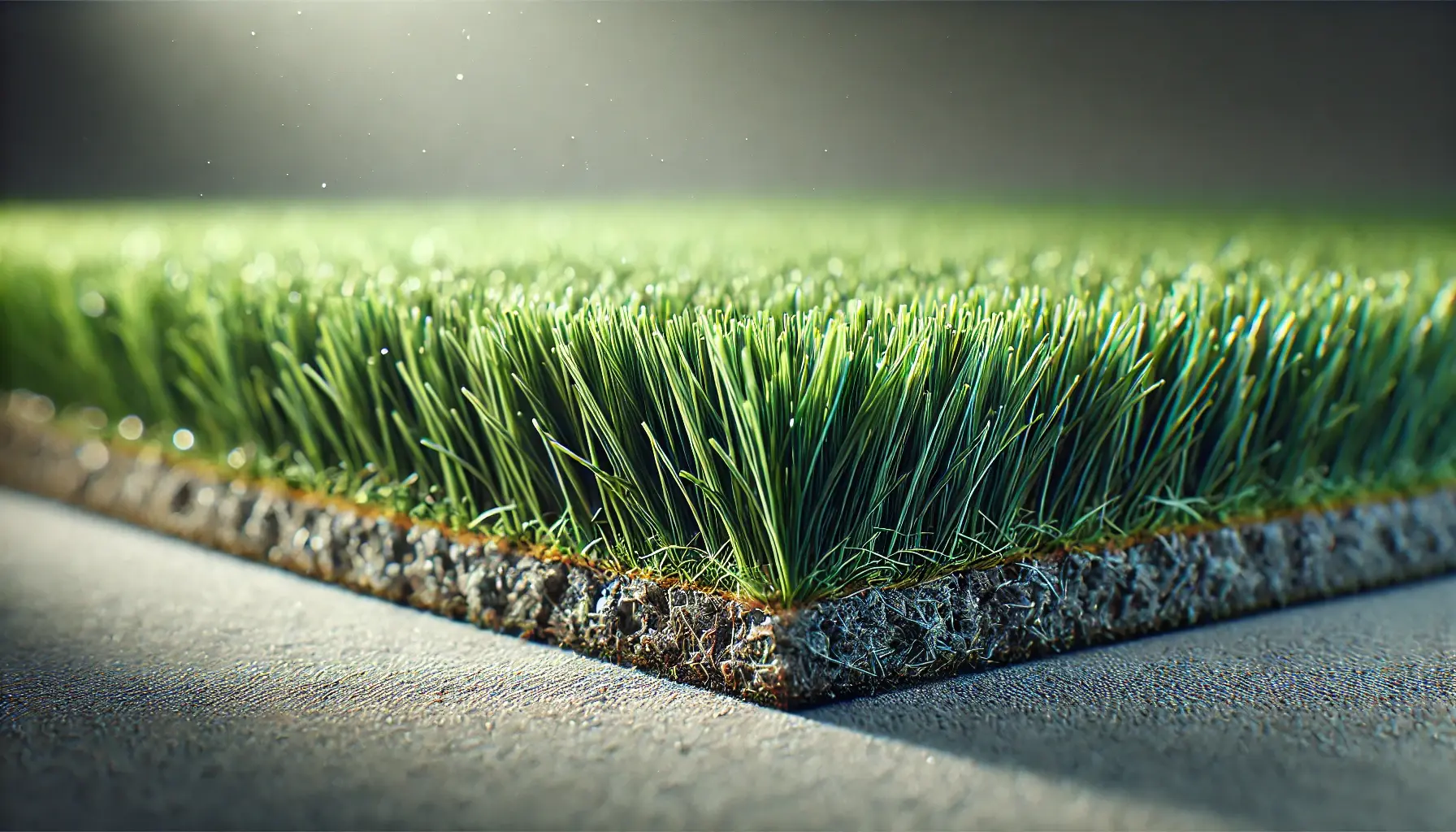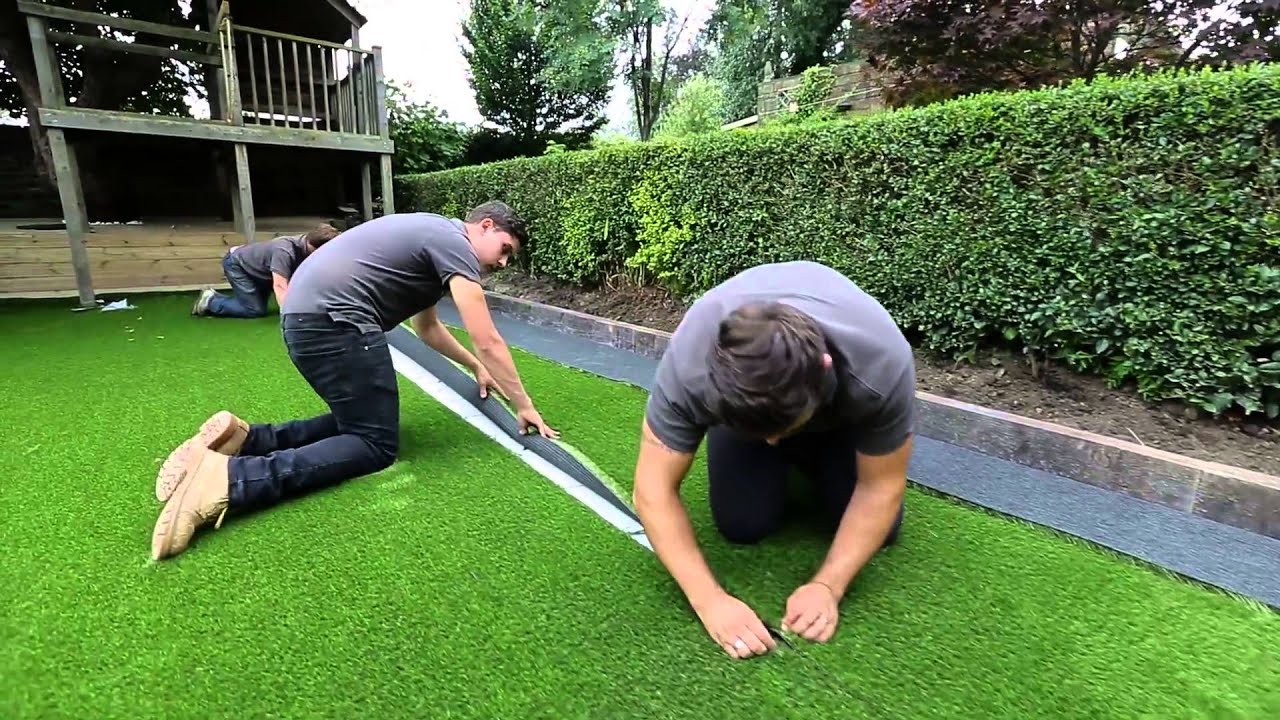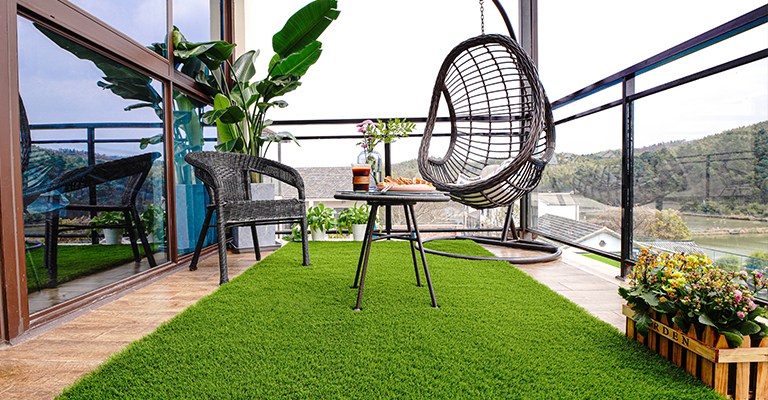Top Phoenix Turf Companies Delivering High-Quality Synthetic Grass Options
Top Phoenix Turf Companies Delivering High-Quality Synthetic Grass Options
Blog Article
Look Into the Environmental Perks of Opting for Artificial Turf Solutions
The adoption of synthetic grass services presents an engaging possibility to address pushing environmental challenges. By significantly lowering water usage and decreasing the application of dangerous chemicals, these alternatives not just promote sustainable landscape design but also protect local communities. The reduced carbon impact associated with lowered maintenance activities adds to a more sustainable technique to land monitoring. The ramifications of these advantages prolong past mere preservation initiatives, increasing concerns about their long-term impact on environment preservation and general eco-friendly balance. Discovering these dimensions discloses an intricate interaction worth considering.
Water Conservation Perks
One of the most significant benefits of artificial turf is its capacity to preserve water. In contrast, fabricated turf does not require watering, significantly lowering the total demand for water sources.
By eliminating the demand for normal watering, synthetic grass adds to lasting landscape techniques and assists minimize the environmental influence of too much water consumption. Additionally, the conservation of water encompasses the reduction of runoff, which can cause soil erosion and waterway air pollution.
In addition, the installment of synthetic grass allows municipalities and house owners to assign water resources extra successfully, concentrating on crucial uses such as drinking water and farming. The shift in the direction of artificial lawn not only promotes responsible water use yet likewise straightens with broader environmental objectives focused on preserving all-natural resources.
As areas increasingly focus on sustainability, the water preservation benefits of artificial grass present a compelling case for its fostering in property and commercial landscaping tasks.
Reduced Chemical Usage
The transition to synthetic grass dramatically decreases the reliance on chemical therapies generally made use of in natural grass maintenance. Typical turf management usually involves the application of chemicals, herbicides, and fertilizers to promote development and control insects. These chemicals can pose threats to human health and wellness, neighborhood wildlife, and the environment, adding to soil and water contamination.
In comparison, synthetic lawn eliminates the need for these hazardous substances. By lessening the launch of synthetic compounds right into the ecosystem, man-made grass promotes much healthier dirt and water systems.
In addition, the lack of chemical runoff connected with fabricated lawn installments helps protect neighborhood waterways from air pollution, supporting water life and preserving biodiversity. Arizona turf. As communities progressively focus on lasting practices, selecting man-made grass provides a viable service that aligns with environmental preservation objectives. With this change, residential or commercial property owners can take pleasure in lavish eco-friendly spaces without jeopardizing ecological wellness, leading the way for a more sustainable future
Reduced Carbon Footprint

Furthermore, the installment of synthetic grass can result in substantial water preservation. Natural grass call for considerable quantities of water for irrigation, which not only contributes to the carbon impact connected with water removal and treatment but additionally stress regional water sources. On the other hand, fabricated lawn needs very little upkeep, requiring no watering, therefore significantly reducing water usage and its connected power costs.
Furthermore, the durability of fabricated lawn adds to its lower carbon effect. With a life-span of up to 15 years or more, the need for regular substitutes is diminished, leading to less waste and reduced energy intake in production and throwing away conventional lawn alternatives. Overall, synthetic grass offers a sustainable option for ecologically aware landscaping.
Habitat Conservation
Environment preservation is an essential factor to consider in the dispute over landscaping selections, particularly when comparing synthetic lawn to natural lawn. Natural grass lawns commonly call for comprehensive maintenance, including using chemicals, herbicides, and fertilizers, which can adversely impact regional ecological communities. These chemicals can seep right into the dirt and waterways, damaging indigenous plants and fauna and interfering with local environments.
Artificial grass removes the need for unsafe chemicals, thereby safeguarding nearby wildlife and keeping the stability of bordering ecological communities. The installation of fabricated grass can lead to the conversion of former grass locations right into more biodiverse landscapes, such as pollinator gardens or native plant locations, which can sustain local wildlife.
Ultimately, the shift to man-made turf not only saves water and decreases maintenance initiatives yet additionally cultivates an extra unified relationship in between human activities and the natural surroundings, promoting habitat conservation in the procedure.
Long-Term Sustainability
Long-term sustainability is an essential variable in assessing the advantages of synthetic grass over standard turf lawns. Among the most significant advantages of synthetic grass is its durability; it can last as see this page much as 15-20 years with very little upkeep, whereas natural yard needs constant reseeding and replacement. This longevity lowers the requirement for continuous sources, such as water, plant foods, and pesticides, which are important for keeping a healthy grass lawn.
In addition, artificial lawn adds to a decrease in carbon emissions linked with lawn treatment devices. Traditional grass frequently call for gas-powered mowers, leaners, click this site and blowers, every one of which add to air pollution. Turf installation phoenix az. In contrast, synthetic grass eliminates the demand for such equipment, advertising a cleaner setting
Furthermore, the production of synthetic turf increasingly makes use of recycled products, boosting its sustainability account. As suppliers adopt environmentally friendly methods, the ecological impact of fabricated turf remains to decrease.

Conclusion
The adoption of artificial lawn services presents considerable ecological benefits, including substantial water conservation, reduced reliance on damaging chemicals, and a reduced carbon impact. In addition, man-made lawn aids in maintaining natural habitats by lessening land disturbance and advertising long-lasting sustainability with using long lasting products. Collectively, these variables underscore the capacity of artificial lawn to add favorably to ecological health and wellness and use a viable alternative to typical landscape design practices in a significantly resource-conscious world.
In comparison, fabricated lawn does not need watering, substantially minimizing the total demand for water sources. By reducing the release of synthetic substances right into the ecosystem, synthetic turf promotes much healthier soil and water systems.
In addition, the setup of artificial lawn can result in considerable water preservation. In contrast, artificial grass needs minimal upkeep, needing no watering, therefore dramatically decreasing water usage and its connected power find out this here costs.

Report this page